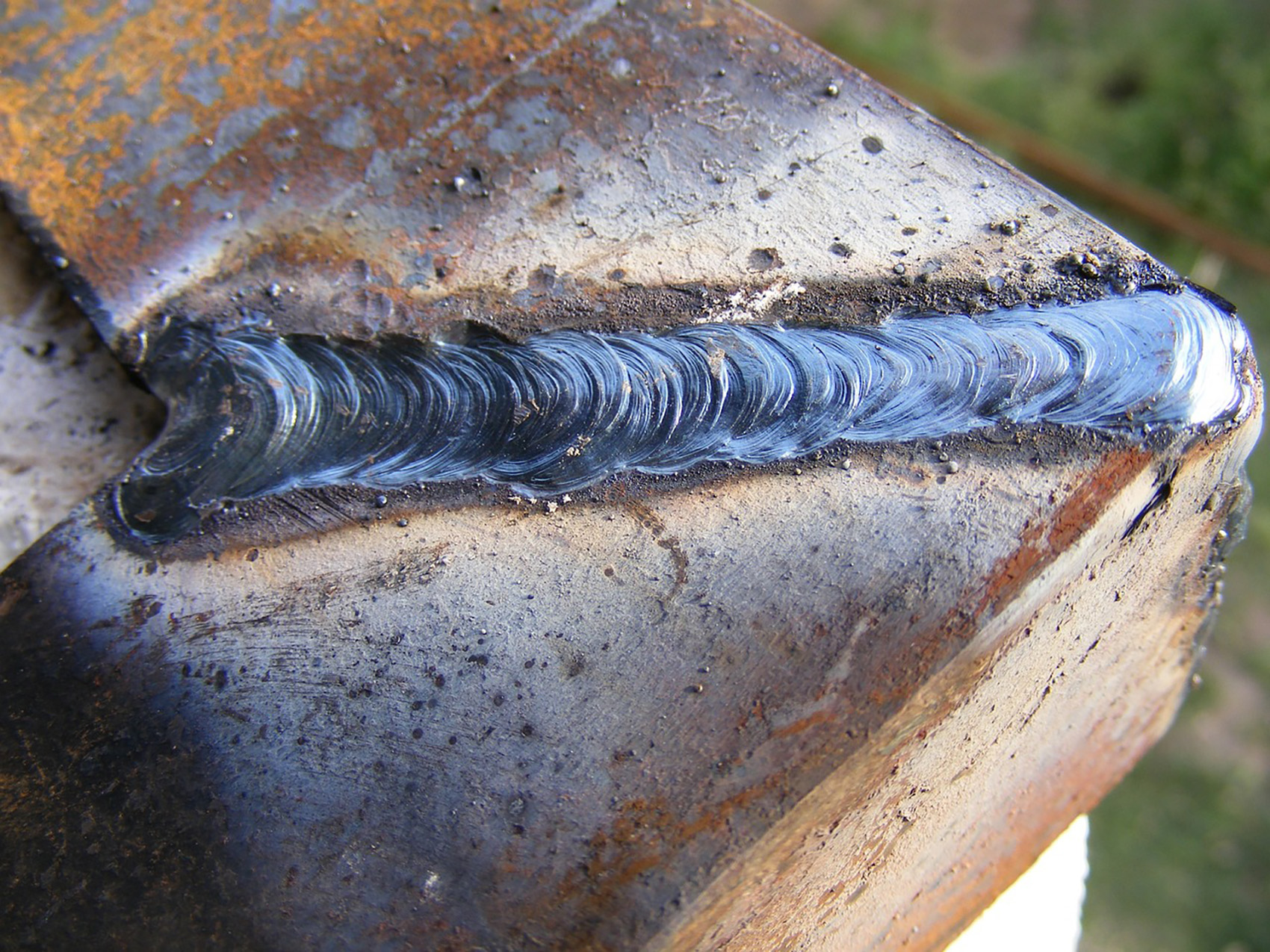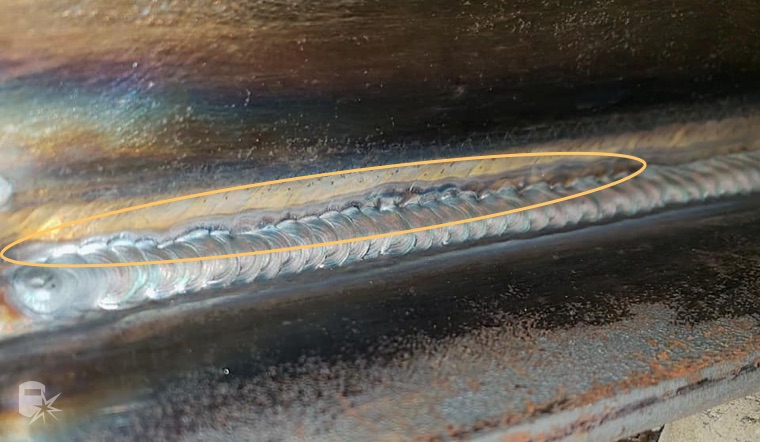Step-by-Step Guide to Preventing Weld Undercut in Different Metals
Step-by-Step Guide to Preventing Weld Undercut in Different Metals
Blog Article
Important Tips for Welders: Protecting Against Undercut Welding and Ensuring Stronger Weld Joints
In the world of welding, accomplishing solid and sturdy weld joints is the foundation of creating high-quality work. One typical challenge that welders usually encounter is undercut welding, which can jeopardize the stability of the weld joint.

Comprehending Undercut Welding
Undercut welding is an usual welding defect that occurs when the weld steel fails to appropriately fill up the groove and causes a groove-like clinical depression along the weld bead. This defect deteriorates the weld joint, making it prone to splitting and failure under stress and anxiety. Damaging can be triggered by different aspects, including excessive welding existing, high welding rate, inappropriate electrode angle, incorrect electrode size, and inadequate welding technique.
One of the primary factors for undercut welding is an inequality in between the welding current and the welding rate. If the welding current is too expensive or the welding rate is as well fast, the weld steel may not effectively fill up the groove, bring about undercutting. Furthermore, utilizing an electrode that is too big can result in a comparable outcome, as the excess steel can not effectively stream into the groove.
To stop undercut welding, welders should guarantee they are making use of the proper welding specifications, maintain an ideal electrode angle, choose the appropriate electrode size, and technique proper welding techniques. By dealing with these elements, welders can minimize the danger of undercutting and produce stronger, much more trusted weld joints.
Proper Welding Method
Reliable welding strategy plays a crucial duty in making sure the quality and integrity of weld joints. One essential aspect of proper welding strategy is keeping the right angle and distance in between the welding gun and the workpiece.
In addition, a consistent and consistent hand activity is vital for producing strong and durable weld joints. Welders must go for smooth, uniform movements to guarantee even circulation of the weld material. Proper manipulation of the welding weapon and filler material is likewise vital to attaining optimum penetration and blend.
Furthermore, controlling the warm input and picking the proper welding parameters based on the product being welded are essential factors in attaining top quality welds - Preventing weld undercut. Welders must follow the recommended setups offered by welding treatment requirements and adjust them as required based upon the particular needs of the task. By mastering proper welding methods, welders can significantly improve the toughness and integrity of their weld joints
Choosing the Right Electrode
When considering the value of choosing the appropriate electrode in welding applications,Maintaining the right angle and distance between the welding gun and the workpiece is essential. The choice of electrode plays a crucial role in establishing the high quality and strength of the weld joint. Electrodes come in various types, each made for particular purposes and materials.
To start with, selecting the proper electrode size is vital. Thinner navigate here electrodes are appropriate for welding slim materials, while thicker electrodes are much better for thicker products and higher heat applications. Matching the electrode size to the thickness of the workpiece aids accomplish a balanced weld.
Secondly, comprehending the material make-up of the electrode is essential. Different electrodes are designed for welding details materials like steel, stainless steel, aluminum, or cast iron. Making use this page of the appropriate electrode product ensures excellent blend and lessens the danger of defects in the weld.
Lastly, thinking about the welding setting and strategy is critical when choosing the electrode kind. As an example, specific electrodes are much better matched for vertical or overhead welding settings, while others work well for flat or straight positions. Selecting the appropriate electrode based on the welding technique improves the total weld top quality and stability.
Preparing the Base Metal
To make certain an effective welding process, what first actions should be taken when preparing the base steel for welding? Additionally, any kind of existing weld product or deposit from previous welding should be eliminated to ensure a clean surface area for the new weld.

Conducting Post-Weld Assessments

After conducting these assessments, welders need to contrast the outcomes versus market criteria and job needs best site to ensure that the weld joint fulfills all essential criteria. Any type of discrepancies or inadequacies discovered during the post-weld evaluation needs to be promptly attended to via appropriate rehabilitative measures to guarantee the weld's honesty. By vigilantly carrying out post-weld examinations and immediately resolving any kind of concerns, welders can maintain the high quality and reliability of their work, eventually contributing to the safety and security and durability of the bonded structures.
Conclusion

To conclude, stopping undercut welding and making certain more powerful weld joints need a combination of correct welding strategy, selecting the right electrode, preparing the base metal appropriately, and conducting post-weld assessments. By comprehending the root causes of undercut welding and applying the needed preventative measures, welders can create high-quality weld joints that satisfy industry criteria and ensure the structural honesty of the welded parts.
Undercut welding is an usual welding flaw that takes place when the weld metal falls short to correctly fill the groove and results in a groove-like depression along the weld bead (Preventing weld undercut). Damaging can be caused by different elements, consisting of excessive welding current, high welding rate, incorrect electrode angle, wrong electrode dimension, and poor welding technique
One of the primary reasons for undercut welding is an imbalance between the welding existing and the welding speed. If the welding current is also high or the welding rate is too fast, the weld steel may not effectively fill the groove, leading to damaging.Maintaining the right angle and distance in between the welding gun and the workpiece is fundamental when thinking about the importance of picking the ideal electrode in welding applications.
Report this page